A Life in Mohiniyattam
Mohiniyattam exponent, writer and author, Bharati Shivaji on her book, Mohiniyattam: Its Art and Aesthetics, an in-depth conversation about Mohiniyattam and how it has influenced her life
Can you start off by letting us into the genesis of the book, Mohiniyattam: Its Art and Aesthetics?
The genesis of the book is tied to my multi-dimensional, intimate and exploratory journey with the art of Mohiniyattam, which continues to be an integral part of my being and identity.
It has been a living experience of decades, which started by finding myself being entrusted with the task of re-structuring and evolving a beautiful art form and which went on to enrich my life in a multitude of ways including people, places and experiences that have come with it. Each contributed to and left an indelible mark on my life journey with this uniquely graceful art form.
It needed a unique identity, and a major part of my life has been spent on creating one. I feel we both (the dance form and I) symbiotically grew together. There have been dream-like learnings and possibilities of exploration for me. The book is a natural culmination of collating and sharing this journey of love, learnings and growth with the readers.
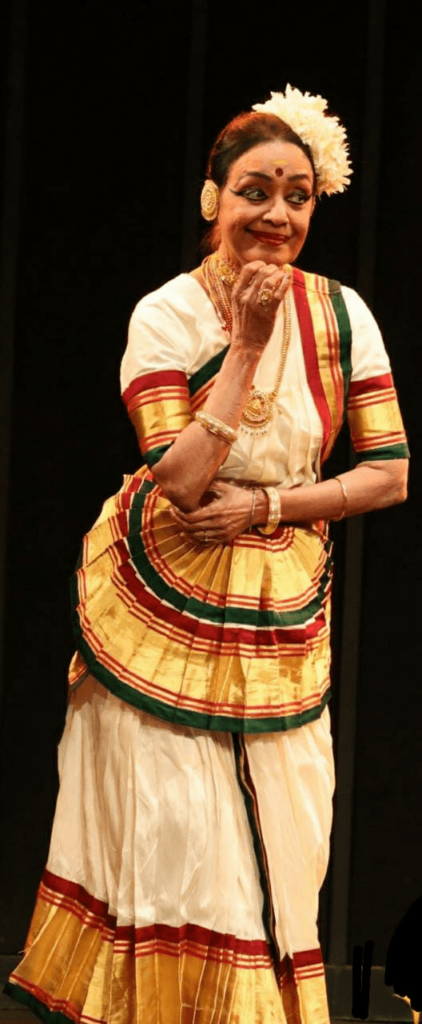

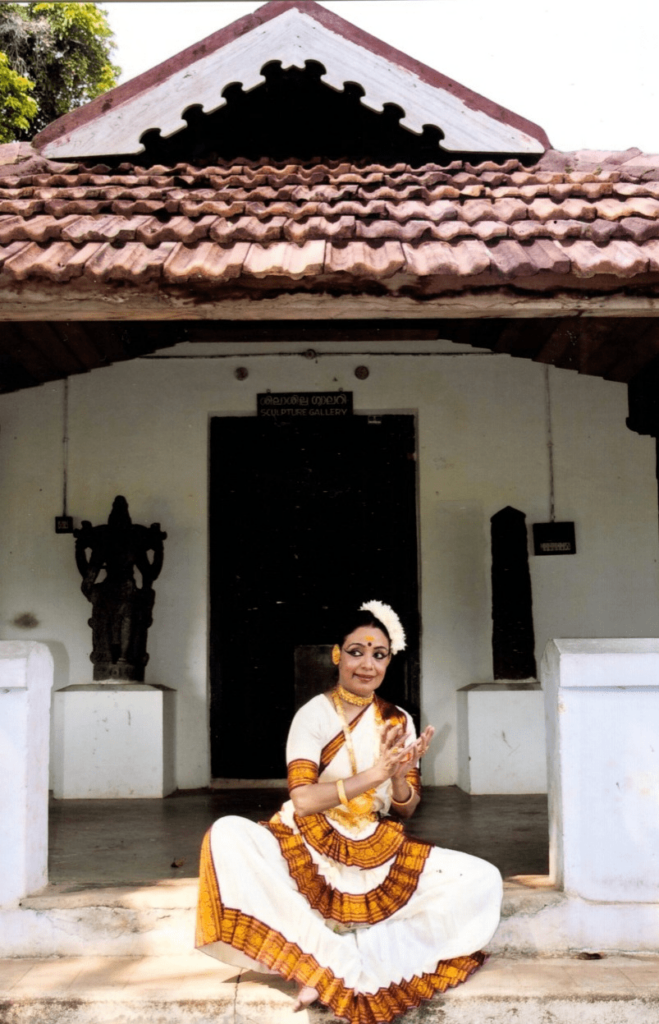

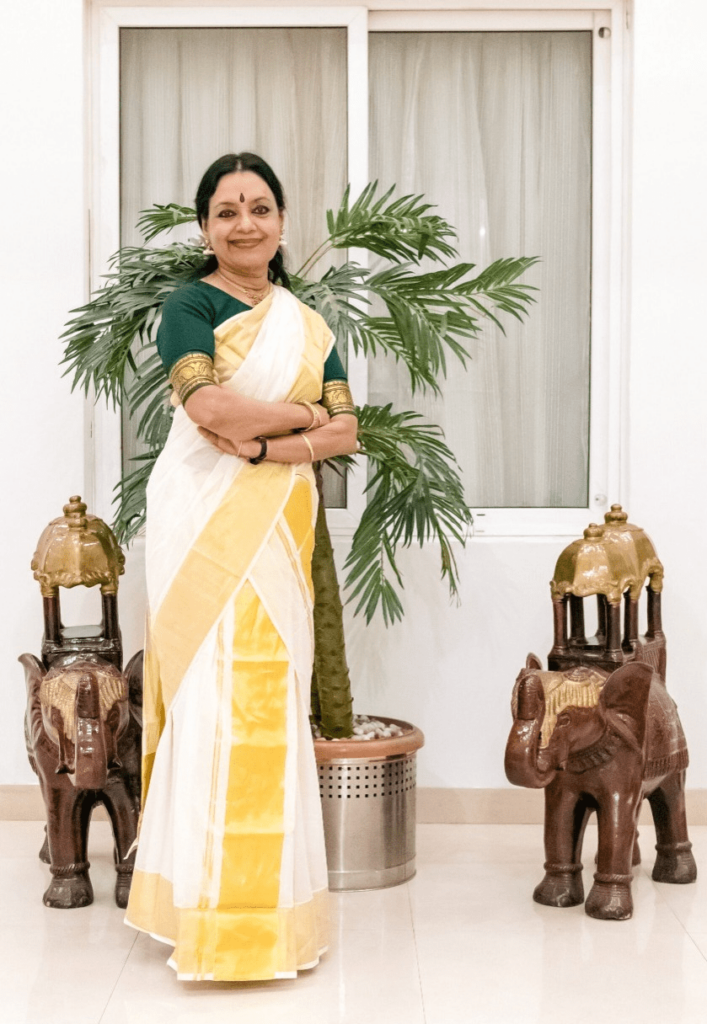
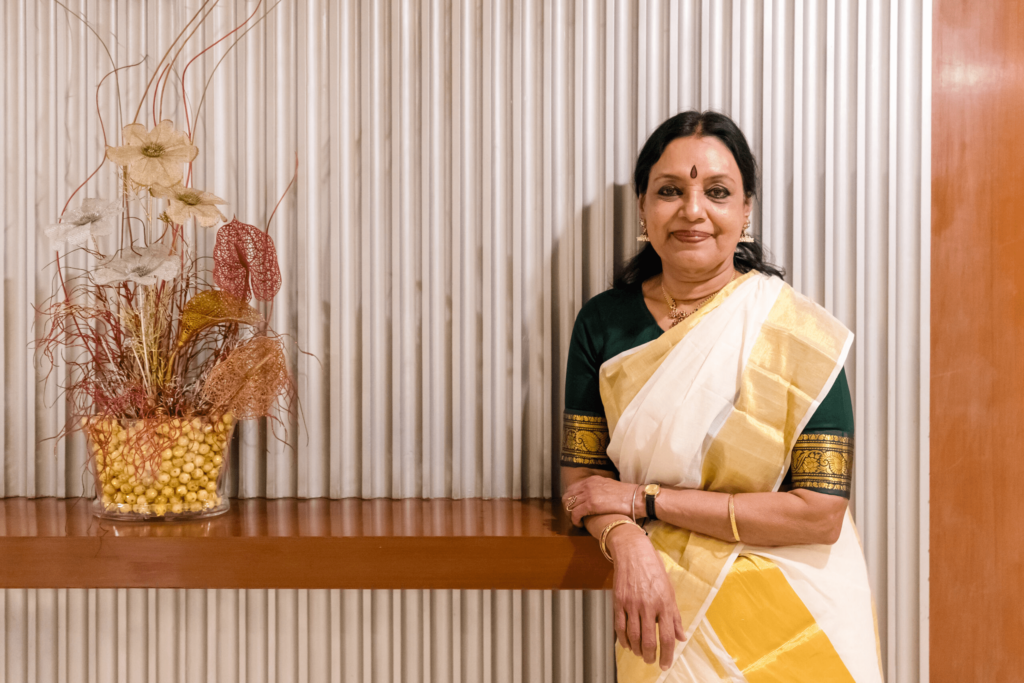

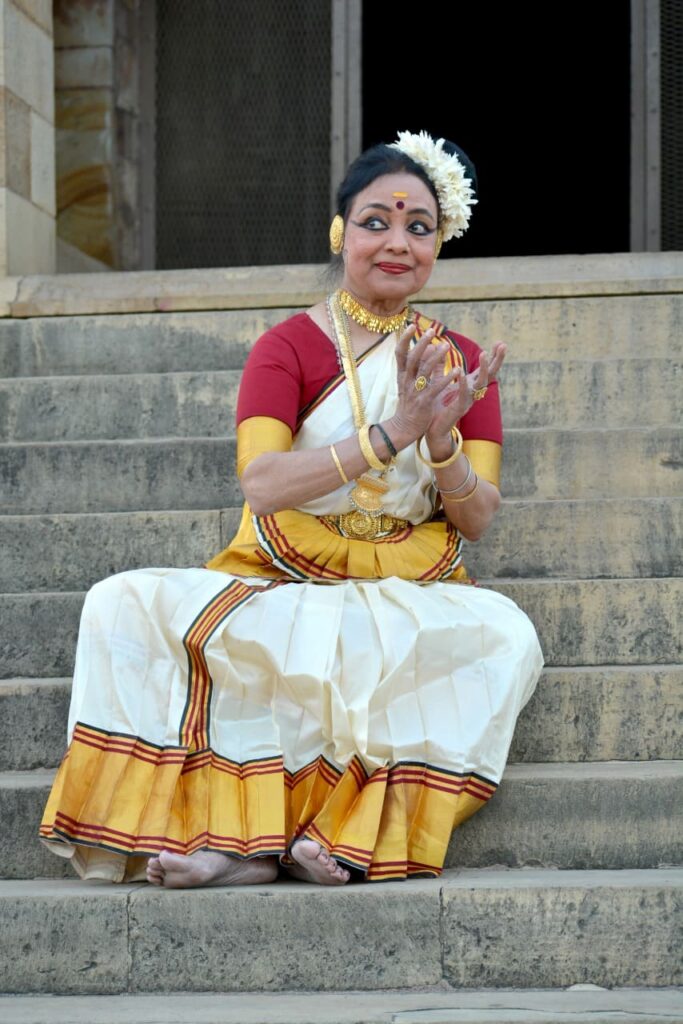
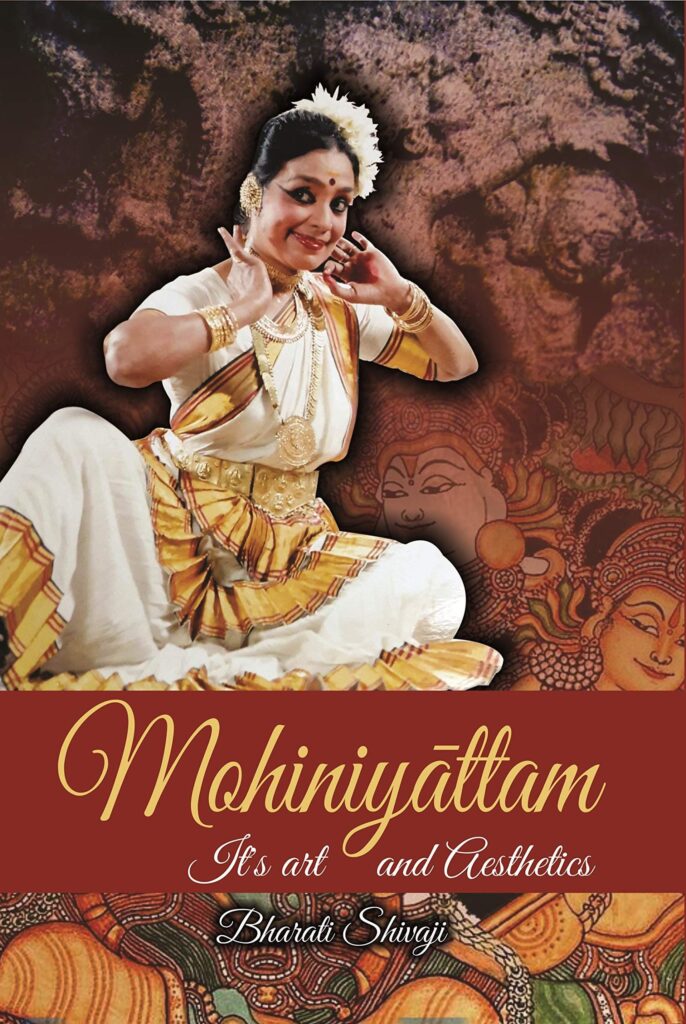
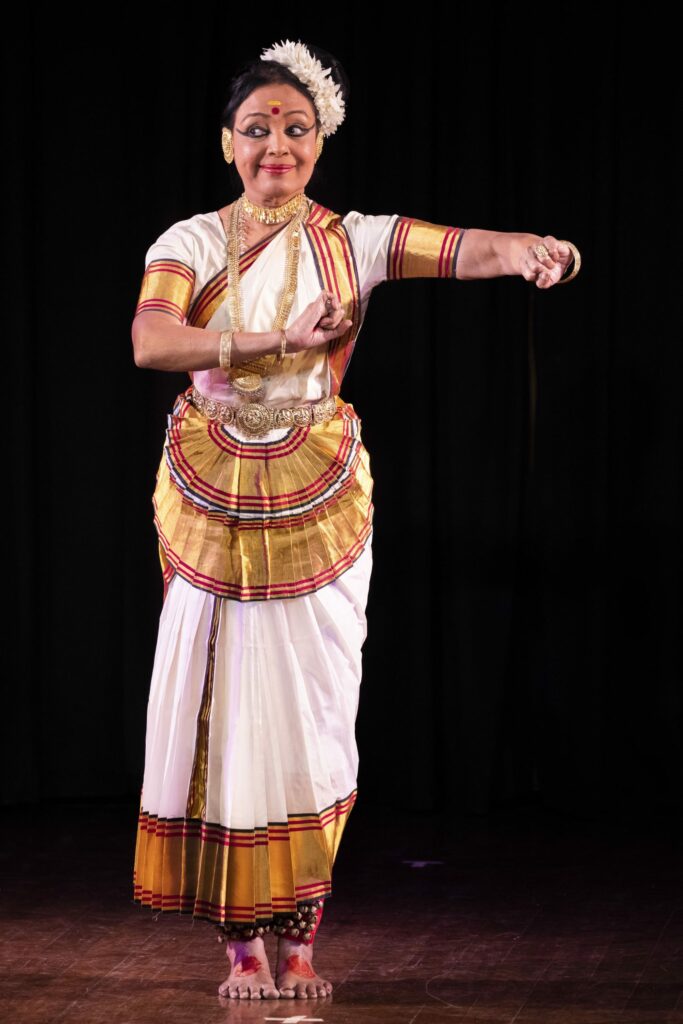
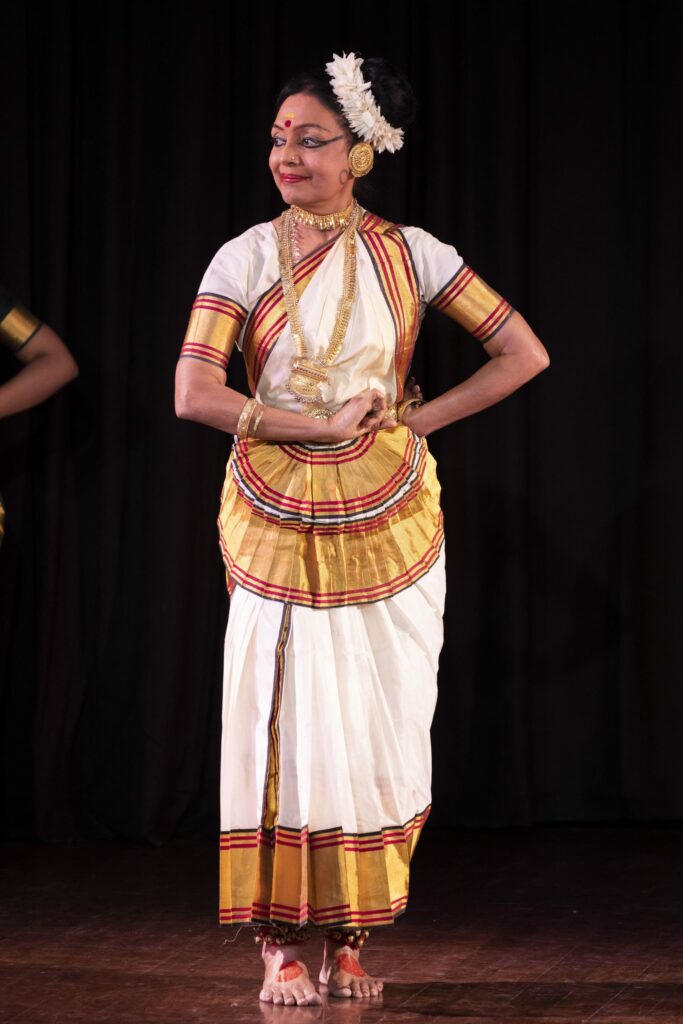
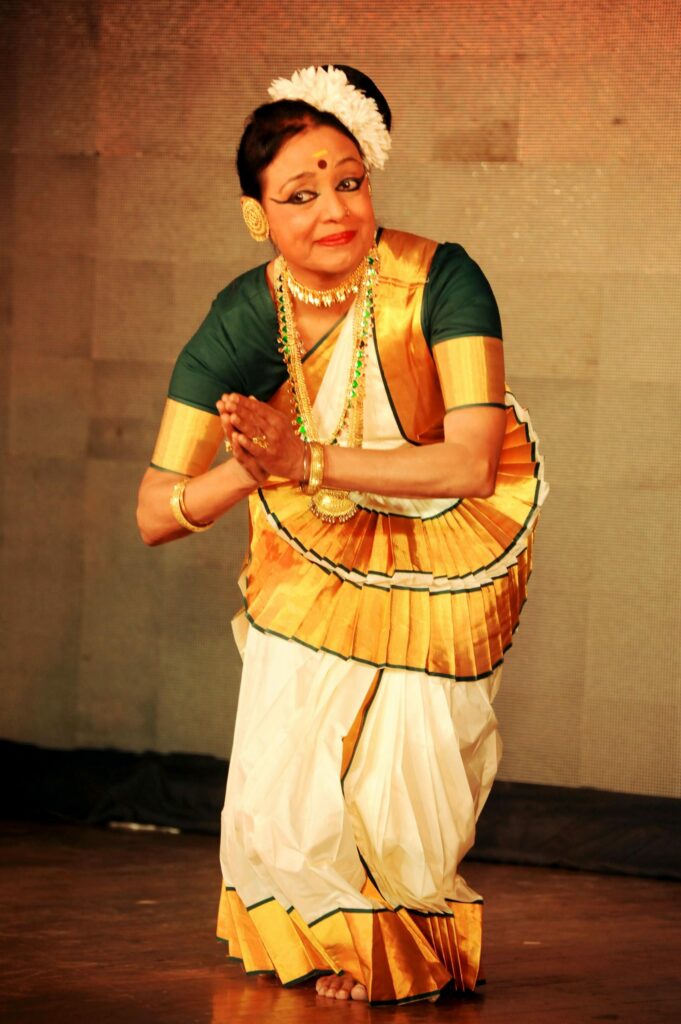
What, according to you, is the hallmark of the aesthetics of Mohiniyattam and how have you managed to capture the essence of it in the book?
I tried to understand Mohiniyattam in relation to its ambient cultural scape – literary, sculptural and other native arts and traditions. It is very possible for each to influence the other and in the case of Mohiniyattam too, I saw connections.
For example, some sculptures seemed to echo the Lasya mood of Mohiniyattam. No art is immune from surrounding influences. That said, I do believe that every dance form must develop its distinct identity, spirit and flavour – an aesthetic framework it can call its own. It shouldn’t be overly influenced by or restrict itself to necessarily following formats set by other styles.
Initially, Mohiniyattam resembled Bharatanatyam a lot in its format. To me, the hallmark of the aesthetics of Mohiniyattam has been to have the dance form develop its unique, distinct identity, while being enriched and embellished by the rich artistic soil of Kerala. This has been the essence of my journey and this is what I have tried to express through my book.
Performing Mohiniyattam is one thing; writing about it, quite another. What was the process of writing this book like and what was the rigour that went into writing it?
I am more of a performer than a writer. For a performing artiste, I believe nothing speaks more than the performance itself. So, my primary focus and approach has been to work extensively on choreographies and exposition, rather than literary practice. I did study them though as part of my deep work with Mohiniyattam.
Over several years, I have spent a great deal of effort and time in exploring the musical traditions, ragas and tala systems of Kerala and the surrounding ethos to build a musical and performance repertoire suitable for the mood of Mohiniyattam and present it with its own rich identity and vocabulary, visual and musical.
Group choreographies and dance dramas were introduced too, exploring a gamut of themes (historical as well as contemporary) for the first time. This greatly helped popularize it to a much larger audience, including international. The process of writing this book was to capture the multi-faceted growth and explorations as they have happened over the years and the underlying thought process and efforts entailed therein.
The book talks about your thorough research and meticulous approach to the revival of Mohiniyattam. Can you throw more light on that? Would you say that as a researcher, you continue to do whatever it takes to keep this form fresh and agile and relevant to the world that we live in?
Re-structuring and evolving the art form has required extensive understanding and exploration of its past and present in context of the surrounding regional ambience, their impact, synergies and influences (not all necessarily serving growth of the dance style). All this, while working towards carving a distinct identity for Mohinyattam to stand on its own in the galaxy of classical styles, has involved patient and meticulous research and a multi-disciplinary approach.
Theatre, music, other classical and folk art forms, sculpture, literary content, etc, were all needed to be deeply observed in the process. Kavalam Narayana Panniker, the great Indian dramatist, theatre director and poet, played a monumental role in initiating and introducing me to many aspects. He greatly enabled my journey, approach and understanding, and initially even composed a set of items reflecting the regional flavour.
Coming to the second part of the question – yes; my continuing work and explorations speaks to that, I think.
Would you say the book is also a personal take on the elements that were involved in reconstructing Mohiniyattam and how you went about doing that?
Given the length and depth of this journey I have experienced with Mohiniyattam and all that I have shared with you and in the book, I would think so.
As a practitioner of Bharatanatyam and Odissi in your early years, you took it as your life mission to revive Mohiniyattam. How has this form influenced/ transformed your life?
I don’t consider it amiss to say that I am what I am today because of the dance form I have been associated with and to which I have willingly given a large part of my life. It forms a lasting and inextricable part of me, my life philosophy, thinking, practices and choices. We are intimately connected at a much deeper level and I am ever so happy for it.
Why is documenting art forms as books crucial for a future generation?
Documenting art forms allows for them to not just cater to the viewing audience but also for readership, study and research. Today, dance is taught as a subject in schools and universities.
Books serve as a crucial reservoir of information and lived experiences, elevating an art form even further. It doesn’t remain just for entertainment. Books can become an important way to sensitize, teach and keep curiosity alive for the next generation, which is essential for perpetuating the arts.









